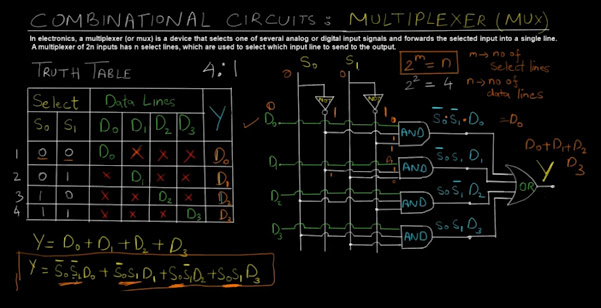HOW BASIC COMPUTER WORKS USING COMMON BUS SYSTEM
Common Bus System The basic computer has eight registers , a memory unit, and a control unit . Paths must be provided to transfer information from one register to another and between memory and registers. The number of wires will be excessive if connections are made between the outputs of each register and the inputs of the other registers. A more efficient scheme for transferring information in a system with many registers is to use a common bus. The connection of the registers and memory of the basic computer to a common bus system is shown in Fig. below. The outputs of seven registers and memory are connected to the common bus. The specific output that is selected for the bus lines at any given time is determined from the binary value of the selection variables S 2 , S 1 , and S 0 . The number along each output shows the decimal equivalent of the required binary selection. For example, the number along the output of DR is 3. The 16-bit outputs of DR are placed on the bus lin

